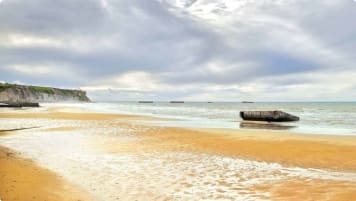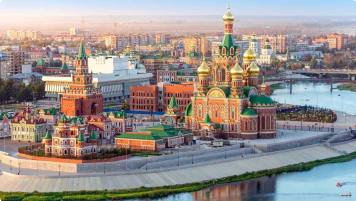Highlights of Russia | St Petersburg
St Petersburg is the second largest among the Russian cities, after Moscow, and is famous for its important role in Russian history and its cultural and architectural landmarks. The historic centre of St Petersburg is a UNESCO World Heritage Site, inscribed on the list in 1990.
8 Jan 20 · 4 mins read
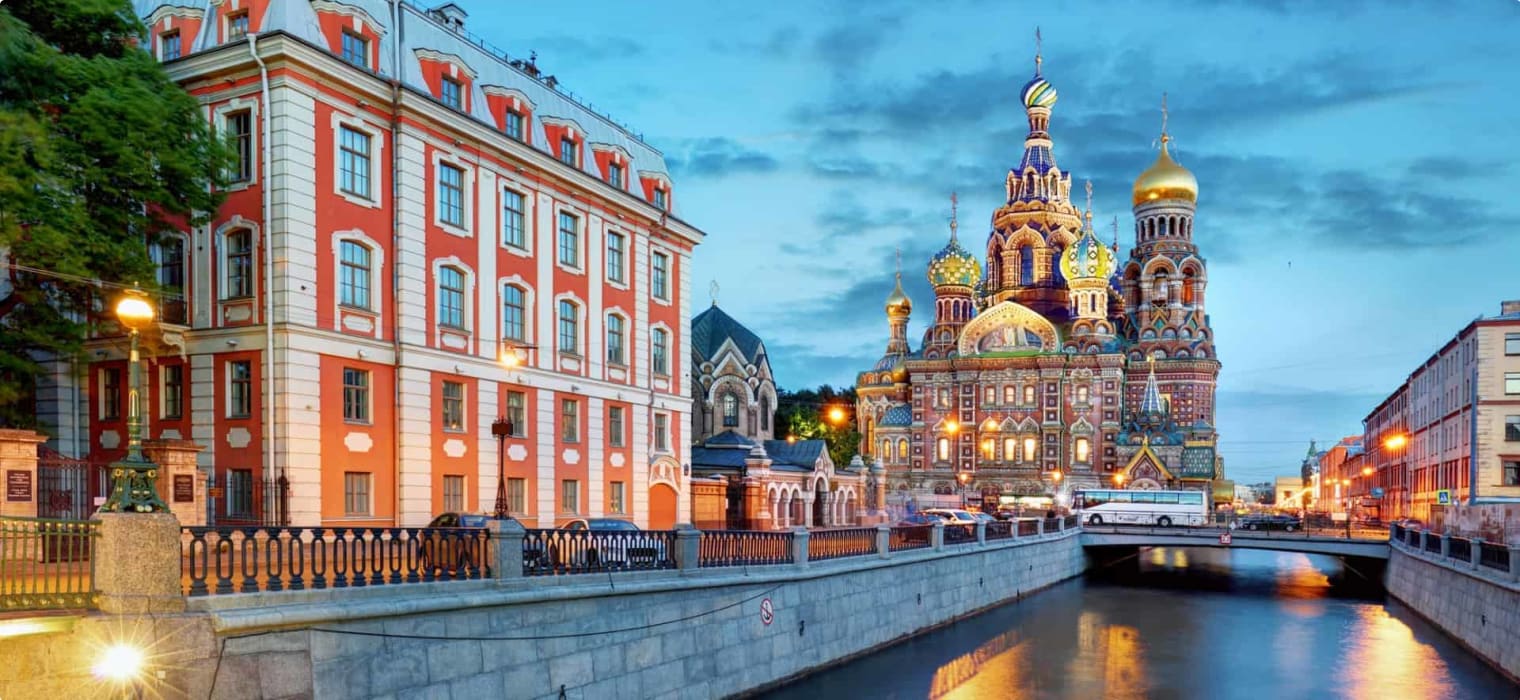
Highlights of Russia | St Petersburg
St Petersburg was Russia’s capital from 1712 to 1918, its reign as imperial capital ending with the 1917 Bolshevik Revolution (October Revolution) that toppled the tsarist regime. The succeeding Soviet government then moved the seat of power back to the old capital, Moscow, which remained as the capital city in post-Soviet Russia. St Petersburg is often compared with Moscow. Moscow is said to be “traditionally” Russian, with buildings designed by Russian architects, while St Petersburg, built by a tsar keen to Westernise his empire, has absorbed influences from Western Europe.
History of St Petersburg
St Petersburg is located on the Neva River, at the head of the Gulf of Finland on the Baltic Sea. The area fell under the control of Novgorod (“new town”), a medieval East Slavic principality, around the 9th century. In 1478, Novgorod was annexed by to the Grand Duchy of Moscow (Muscovy), and was ruled by the princes of Moscow until Novgorod fell to Sweden in 1617.
From about 1560 to 1658, Sweden dominated Northern Europe, creating an empire centred in the Baltic Sea and capturing territory in Germany, Norway, and Denmark. In 1697, Charles XII, only aged 14, ascended Sweden’s throne, and an anti-Swedish coalition led by Russia’s Peter I (the Great) found it the perfect opportunity to challenge Sweden’s domination and declare war.
The Great Northern War lasted 21 years and ended with the incorporation of the region into the Russian Empire. But even before the official end of the war, Peter the Great had already laid the foundation stones in 1703 for a fortress (Peter-Paul Fortress) on the Baltic Sea. Around this fortress, Peter ordered that a new city be built to serve as his “window on Europe.” He named this city Sankt-Peterburg, or St Petersburg.
In 1712, it became the new capital of the Russian Empire, nine years before the official end of the war with Sweden. Victory was followed by a flurry of developments, the city built on the backs of peasant labour and prisoners of war. The Russian court hired European architects, beginning with Swiss-Italian Domenico Trezzini, whose aesthetics influenced the look of the city.
The city would go through two major name changes. In 1914, following the outbreak of World War I, it was renamed Petrograd–“Peter’s City”–to remove the German words in its original name. After the fall of the Russian monarchy and a few days after the death of Vladimir Lenin, founder of the Soviet Union, it was renamed Leningrad. The city name reverted back to “St Petersburg” after the dissolution of the Soviet Union in 1991.

Must-Visit Places in St Petersburg
Today St Petersburg is the second largest among the Russian cities, after Moscow, and is famous for its important role in Russian history and its cultural and architectural landmarks. The historic centre of St Petersburg is a UNESCO World Heritage Site, inscribed on the list in 1990.
Travellers flock to the city located just a few degrees south of the Arctic to see the grand collection of paintings in its art galleries, its art nouveau buildings, the Bronze Horseman, which is a famous equestrian statue of the city’s founder, Peter the Great, and the tsar’s response to France’s Palace of Versailles, the Grand Palace of Peterhof.
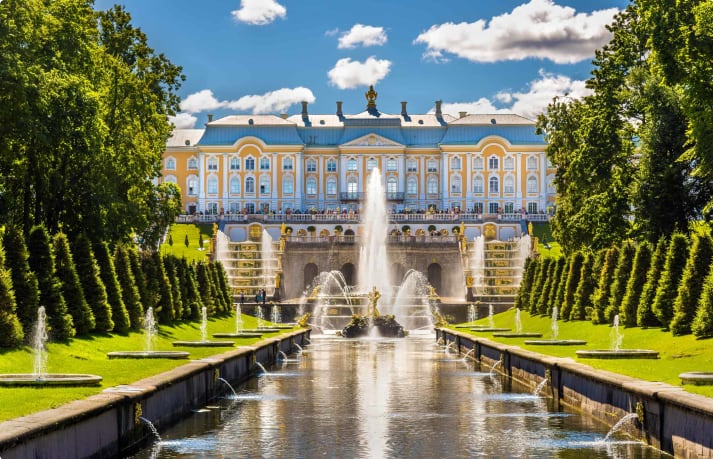
Nevsky Prospekt is St Petersburg’s central artery, and a great place to begin your St Petersburg experience. It takes its name from Alexander Nevsky Lavra (a lavra is a monastery consisting of cells for hermits) which was founded to commemorate Prince (and later Saint) Alexander Nevsky for defeating the Swedes. Being the main thoroughfare of the city, palaces, shops, cafes, and cathedrals sprouted along Nevsky Prospekt, and walking its entire length (4 kilometres from Admiralty to the monastery) can be a magical experience.
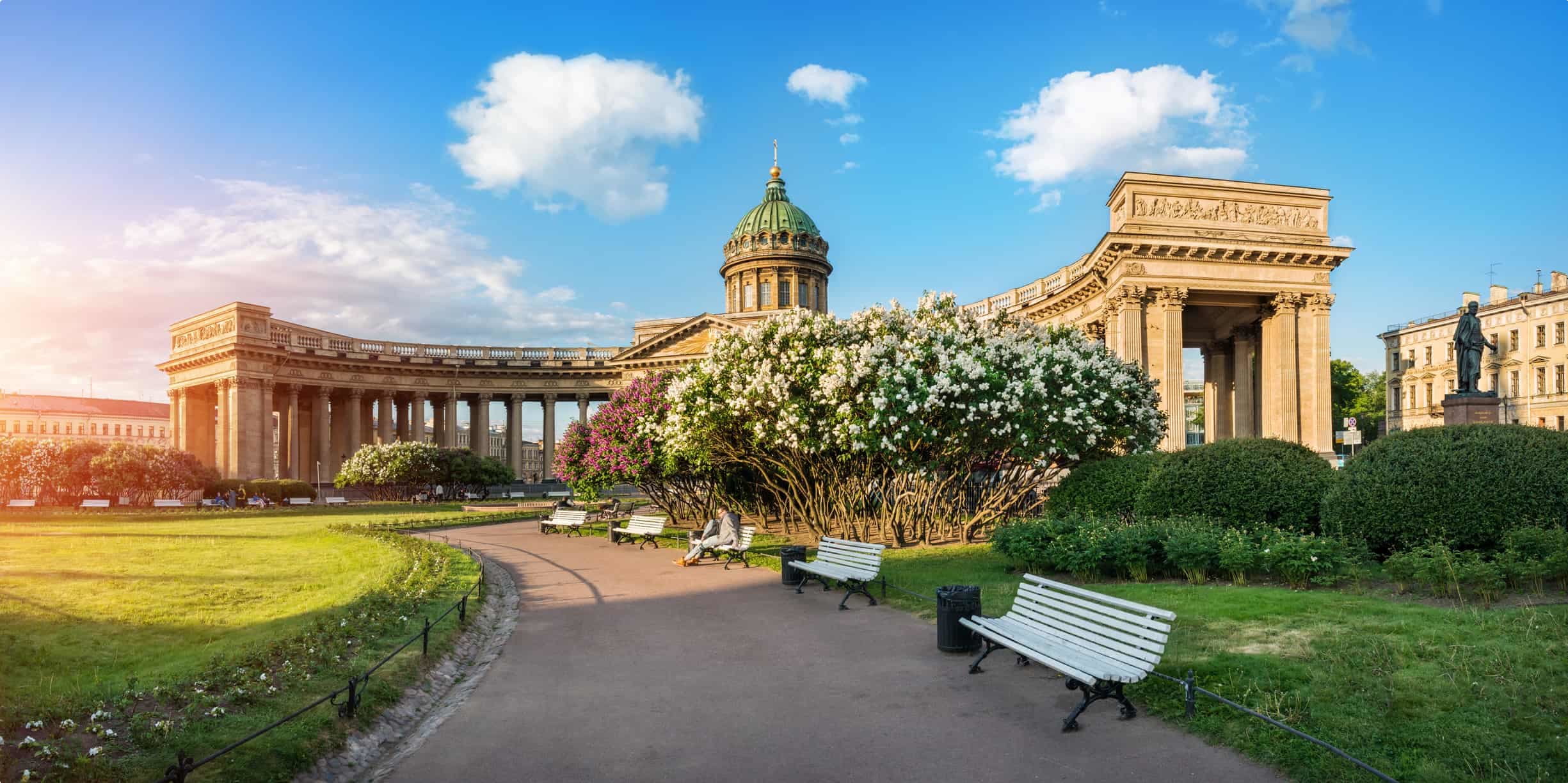
Just off Nevsky Prospekt is the Hermitage, one of the largest art galleries in the world, and housed in what was once the Winter Palace, the official residence of the Russian tsars from 1732 to 1917. The art gallery grew from the imperial collection of the monarchs, thanks especially to Catherine the Great, who purchased many Renaissance paintings in the 18th century.

A different way to experience the city would be a boat cruise down the Neva River–but of course one can only do this during the summer.
Articles about Russia published by Odyssey Traveller
- Trans-Siberian Railway History
- Trans-Siberian Railway travel advice
- Eight Amazing Rail Journeys
- Trans-Siberian Landscapes and Wildlife
- Early Russian History and its Key Figures
For all the articles Odyssey Traveller has published for mature aged and senior travellers, click through on this link.
External articles to assist you on your visit to Russia
- The definitive guide to tackling the Hermitage
- The Best Things to See and Do in Nevsky Prospekt, St Petersburg
- An epic journey across Russia, visiting every one of its 28 World Heritage Sites
- How to travel on the Trans-Siberian Railway
- Russia Profile & Timeline
- Russia’s UNESCO Sites
- Russia’s Geography
Related Tours
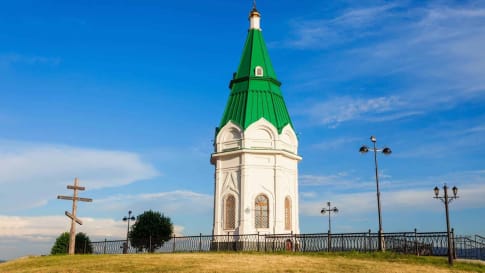
days
Oct, MayHelsinki to Irkutsk on the Trans-Siberian Railway
Visiting Finland, Russia
Escorted tour on the Trans-Siberian railway network from West to East starting in Helsinki and finishing in Irkutsk after 21 days. This is small group travel with like minded people and itineraries that maximise the travel experience of the 6 key destinations explored en-route. Our small group journeys are for mature couples and solo travellers.
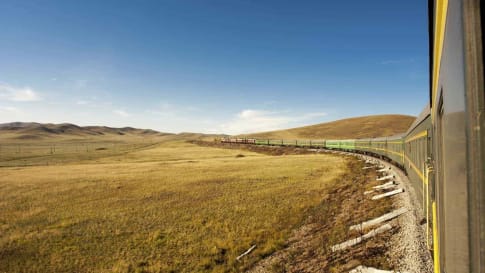
days
JulJourney through Mongolia and Russia small group tour
Visiting Mongolia, Russia
This escorted small group tour traverses this expanse, from Ulaanbaatar to St Petersburg; from the Mongolian Steppes to Siberian taiga and tundra; over the Ural Mountains that divide Asia and Europe to the waterways of Golden Ring. Our program for couples and solo travellers uses two of the great rail journeys of the world; the Trans Mongolian Express and the Trans Siberian Express.
From A$17,850 AUD
View Tour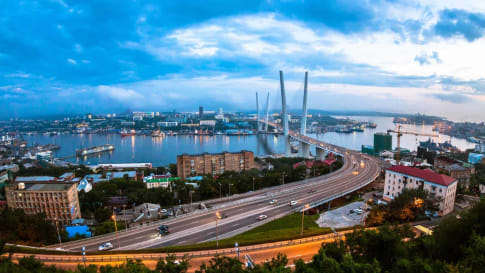
22 days
OctKrasnoyarsk to Vladivostok on the Trans-Siberian Railway
Visiting Russia
Mature and solo travelers group Travel on the Trans-Siberian Railway for 22 days covering the second half of the Trans-Siberian journey, from Vladivostok to Krasnoyarsk to Vladivostok on the edge of Siberian Russia Small group journeys with a tour leader, explores 5 key cities with local guides providing authentic experiences in each with stops of 2-3 nights.
From A$12,650 AUD
View Tour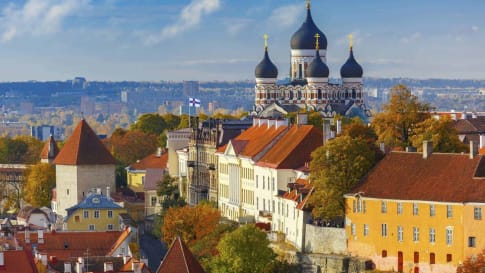
21 days
Sep, MayBaltics Small Group Escorted Tour: Latvia, Estonia, Lithuania
Visiting Estonia, Finland
An escorted small group tour to the Baltic States of Europe that explores the key destinations of this region starting in Berlin, then making its way through Poland, Estonia, Latvia, Lithuania, Finland and concluding in St. Petersburg. Each day has scheduled itineraries supported by local guides who share knowledge and authentic experiences of the places visited. This is small group travelling to the Baltics for like minded people.
From A$13,995 AUD
View Tour
